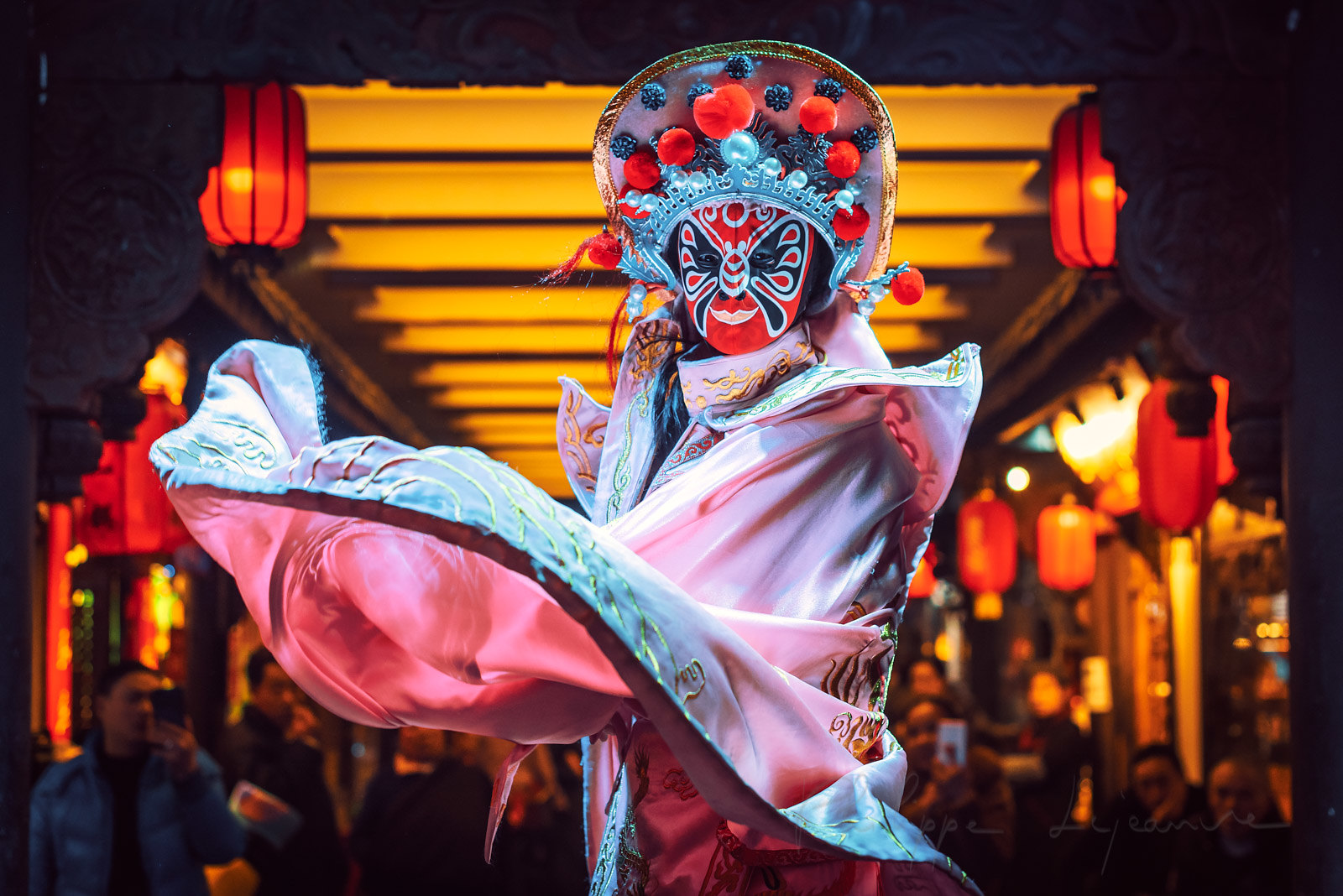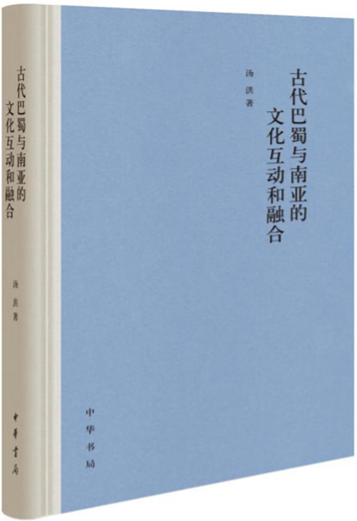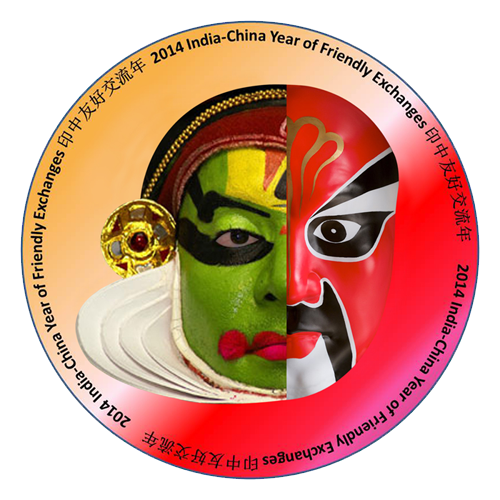
Sichuan and Chongqing residents are descendants of those who lived in the Ba and Shu Kingdoms, hence they are established in the “Bashu Culture” (巴蜀文化, Bāshǔ Wénhuà). This is also known as Chongqing-Sichuan culture, and it relates not just to Chongqing and Sichuan, but also to sections of the bordering provinces of Yunnan and Guizhou, where Han Chinese people now largely speak Southwestern Mandarin. It has a 3000+ year history and is widely considered as one of the cradles of modern Chinese culture.
The old Southern Silk Road, also known as the Southwest Silk Road, is an intriguing chapter in the history of cultural and commercial trade between China and South Asia. Long before the well-known Silk Road, which traversed Central Asia’s deserts and mountains, this southern route connected the Bashu region (modern-day Sichuan, with its capital in Chengdu) to the Indian subcontinent, Southeast Asia, Central Asia, and even the Mediterranean. Inspired by Prof.Tang, Hong’s article “Starting from the New Archaeological Discoveries of Sanxingdui.” China Reading News, April 14, 2021, I try to explore the cultural integration between ancient Bashu and India, examining how trade, religion, language, and material culture interacted along this ancient path.
The Origins and Routes of the Southern Silk Road
The Southern Silk Road was not a single, well-defined trail, but rather a network of trade routes that allowed for the flow of products, ideas, and cultural practices. This road ran from Sichuan to Yunnan, Myanmar, India, Afghanistan, Central Asia, and beyond. According to some of the earliest documents, this route was in use long before Zhang Qian’s renowned expedition to the Western Regions during the Han Dynasty, connecting Bashu to the rest of the world.
Scholars have debated the existence of this route, notably its activity prior to the Qin period (221 BCE). The discovery of silk traces at the Sanxingdui and Jinsha sites in Chengdu provides some of the earliest evidence of silk production and trade in the region, implying that Bashu’s involvement in silk trade predates China’s unification under Qin. If validated, these results would solidify the Southern Silk Road’s role as a conduit for cultural exchange long before the Han Dynasty.
The Etymology of “Cīna” and Its Connection to Chengdu
The ancient Indian books “Mahabharata,” “Ramayana,” and “Arthashastra” include references to a land called “Cīna,” which is usually recognized as an early identification for China. Scholars are intrigued by the derivation of “Cīna,” with some suggesting it refers to the Chengdu region in ancient Bashu. The Sanskrit word “Cīna” is believed to be related to the words for “silk” and “Qin,” establishing a relationship between the silk-producing regions of China and the name by which it was known in India.
Duan Yu, a scholar at the Sichuan Academy of Social Sciences, suggests that “Cīna” could allude to Chengdu, a significant silk-producing city. This notion is supported by archaeological findings of silk in places as far away as Alexandria, Afghanistan, which might have been transported over the Southern Silk Road. Historical documents and archaeological data reveal that Chengdu was not only a key silk production hub, but also a cultural connection between China and the Indian subcontinent.
Material Exchanges: Silk, Seashells, and Ivory
Trade along the Southern Silk Road was not restricted to silk; tea, Qiongzhang (a sort of precious stone), salt, and amber were among the items exchanged between Bashu and South Asia. In exchange, South Asia exported ivory, seashells, and jasmine to Sichuan. The presence of exotic commodities in Bashu’s archaeological record, such as seashells from the Indian Ocean and ivory from the Indus and Ganges river basins, demonstrates the scope of this ancient trade network.
Seashells, in particular, provide an intriguing illustration of how trading crossed geographical boundaries. Shells discovered at the Sanxingdui ruins and other Sichuan sites are similar to those found in Yunnan and India’s Harappan culture. These findings suggest that the Southern Silk Road facilitated not just the exchange of goods, but also the fusion of cultural practices and symbols.
Religious and Cultural Exchanges: Buddhism and Taoism
Religion played a crucial role in the cultural integration between ancient Bashu and India. Buddhism, originating in India, found fertile ground in the Bashu region. Archaeological excavations have uncovered numerous early Buddhist relics in Sichuan, particularly around Mount Emei, which became a significant center of Buddhist practice. The influence of Indian Buddhism on Bashu is evident in both the religious practices and the spiritual art that flourished in the region.
In contrast, Taoism, which has deep origins in the Bashu region, absorbed many components of Indian spiritual traditions, particularly Tantric Buddhism. Taoism and Buddhism affected each other over time, resulting in the formation of distinct religious traditions that extended from the Southern Silk Road to Southeast Asia and beyond. This exchange of religious ideas exemplifies the deep spiritual bonds that have formed between these different locations.
Language and Literature: The Convergence of Scripts and Poetic Imagery
The interactions between ancient Bashu and India included language and literature. The Yi script, used by the Yi people of Sichuan and Yunnan, is strikingly similar to the Brahmi script of ancient India, which was used to write Sanskrit. Some academics believe that the Brahmi alphabet was influenced by, or even developed from, the Yi people’s syllabic scripts, indicating that language exchange occurred alongside commercial and cultural connections along the Southern Silk Road.
This cross-cultural pollination has also left its impact on literature. The great Tang Dynasty poet Li Bai, who was born in the Bashu region, frequently used imagery from Buddhist teachings in his poems. His famous sentence “clear water comes out of hibiscus, naturally carved” exemplifies the merger of Chinese and Indian creative traditions, combining Sichuan’s natural beauty with the spiritual profundity of Indian Buddhism.
Tea Culture and Culinary Traditions
The expansion of tea culture from Bashu to India is another fascinating facet of the Southern Silk Road’s cultural exchanges. Tea planting and use began in Sichuan and extended southward to Yunnan, Myanmar, and, eventually, India. The Assam region of India, famous for its black tea, adopted growing techniques from China, while locals established their own tea-drinking traditions.
In Myanmar, the old Bashu tradition of soaking tea leaves to make a sour meal has survived and has become an important feature of local cuisine. This practice, which dates back to Zhang Ji’s period, has vanished in modern Sichuan but thrives in Myanmar, demonstrating how cultural practices may be conserved and modified as they travel across borders.
The Salt Trade and the Expansion of the Southern Silk Road
The salt trade played a pivotal role in the opening and expansion of the Southern Silk Road. After the Qin conquest of Bashu, Chengdu became a major center for the production and trade of salt, which was essential for preserving food. The demand for salt facilitated the development of trade routes that extended from Sichuan into Yunnan and further into Myanmar and India. Amber, another valuable commodity, was traded along these routes, with much of it coming from Burma and India.
The trade in salt and amber not only boosted economic activity, but also allowed for cultural exchange. The flow of goods over the Southern Silk Road was accompanied by the exchange of ideas, religious practices, and creative traditions, resulting in deep cultural integration across this large territory.
Conclusion
The cultural merger of ancient Bashu and India demonstrates the importance of trade and interaction in altering the course of history. The Southern Silk Road, albeit less well-known than its northern counterpart, had an important role in integrating East Asian cultures with those of South Asia, Central Asia, and others. The people of ancient Bashu and India formed an enduring cultural connection through the interchange of items like as silk, ivory, and tea, as well as the dissemination of religious and artistic traditions, which may still be felt today.
This integration left a rich legacy, as evidenced by the archeological record, common spiritual practices, and surviving traditions passed down through generations. As we learn more about this ancient path and its impact on the cultures it connects, we gain a better grasp of the historical relationships that have long existed between China and India, as well as the wider region.

References:
- Tang, Hong. “Starting from the New Archaeological Discoveries of Sanxingdui.” China Reading News, April 14, 2021, 17th edition. https://epaper.gmw.cn/zhdsb/html/2021-04/14/nw.D110000zhdsb_20210414_1-17.htm.
- Tang, Hong. “Starting from the New Archaeological Discovery of Sanxingdui – On the Cultural Interaction and Integration Between Ancient Bashu and South Asia.” Last modified April 16, 2021. https://news.sicnu.edu.cn/details/38_27235.
#AncientHistory #SouthernSilkRoad #CulturalExchange #Bashu #Chengdu #IndiaChinaRelations #SilkRoad #Archaeology #Buddhism #TradeRoutes #CulturalIntegration #SouthAsia #SichuanHistory



